Jemimah Rodrigues: “She shouldn’t have been made to sit out against England” — Tare
India’s hard-fought win over New Zealand in Navi Mumbai not only booked a semi-final spot at the 2025 Women’s World Cup — it also reopened the debate over one selection decision that dominated headlines: why Jemimah Rodrigues was left out of the playing XI against England. Former Mumbai Indians wicketkeeper-batter Aditya Tare, speaking on television, was blunt: Jemimah shouldn’t have been benched for that game.
Why Jemimah Rodrigues’ return mattered
Jemimah Rodrigues came into the must-win clash with New Zealand at No. 3 and played a mature, aggressive knock — an unbeaten 76 off 55 balls — that helped India post a massive total and ultimately qualify for the semi-finals via the DLS method. Her innings included a low number of dot balls and a wide array of shots, reminding everyone why she’s valued as a middle-order accelerator. Match reports confirm India’s 340/3 and the victory by 53 runs (DLS).
The context: what happened against England
In the high-pressure match against England a few days earlier, the Indian team chose to strengthen bowling by including an extra seamer, which meant Jemimah Rodrigues was left out. The move was defended by some as a tactical balance to counter England’s top order, but it also sparked criticism — especially after India lost that game narrowly. Smriti Mandhana later explained that the team wanted bowling balance, but opinions remain divided.
Tare’s point: ability + role = selection debate
Aditya Tare praised Jemimah Rodrigues’s knock and questioned the logic of leaving a batter of her quality on the bench for a big game. He highlighted two things: the intent and tempo Jemimah Rodrigues brings, and how her style fills a distinct role in India’s lineup. In his view, removing that attacking dimension — even to add an extra bowler — risked weakening the batting balance. His comments were made on Star Sports and reported widely.
Why that matters tactically
Modern ODI cricket rewards flexible line-ups, but it also punishes teams that lose a clear role player. Jemimah is not just a batter who accumulates; she rotates strike, accelerates at crucial junctures and forces captains to think twice about field settings. If India wants to keep multiple seamers for a surface or an opponent, they must be prepared to accept the trade-off in batting firepower — or find a way to fit both. Tare’s critique is useful because it frames the selection question as role clarity rather than a simple “in or out” call.
What Jemimah’s innings against New Zealand showed
Her 76* did three important things for India.
- It steadied the middle overs after a blistering opening stand, giving the innings momentum and depth.
- It demonstrated versatility — Jemimah handled both pace and spin, used the crease well, and mixed boundary hitting with smart placement.
- It offered a timely reminder that dropping a frontline batter can backfire when you need match-winning batting contributions.
These are practical takeaways for selectors: form, role and match conditions must be weighed carefully, and a player’s recent poor scores should be balanced against their match-winning potential and team fit.
Counter-arguments: why the management left her out
Selection is never straightforward. The team management argued the England match required an extra bowling option — a common tactical move when pitches or opponents suggest seam control will decide the game. Analysts and some former players supported that stance, saying benching a batter for balance is sometimes justified. India’s narrow loss to England didn’t prove the decision wrong in isolation; it simply left little margin for error.
The bigger picture: consistency vs. conditions
Two threads run through this debate. One is consistency — giving a player confidence by backing them through a patch of low scores. The other is match conditions — adapting to what the pitch and opponent demand on the day. The ideal approach blends both: back your leading role players unless conditions overwhelmingly demand otherwise.
What this means for India going forward
For India to be at their best in the knockouts, they must settle on a clear template. If Jemimah Rodrigues is considered a frontline No. 3 or an impact middle-order batter, the management should plan the XI around that role. If they see her as one of several interchangeable batters, then rotating becomes more defensible — but they must accept the trade-offs.
Tactically, India now have a bolstered batting unit after the win over New Zealand: two big centuries from openers and a confident Jemimah Rodrigues give them flexibility. But selection dilemmas will persist when pitches or opponents suggest leaning heavier on bowling. The team needs transparent role definitions and communication so players know where they stand.
Final take: selection needs balance — and clarity
Aditya Tare’s comment — “She shouldn’t have been made to sit out against England” — is less a provocation and more a prompt for serious reflection. It asks selectors and team management to think hard about role clarity, player confidence and the price of tactical trade-offs. Jemimah Rodrigues’ unbeaten 76 in a knockout-tinged match was a reminder of what she brings: tempo, intent and match-finishing ability. If India want to make the most of their talent, they must match tactical flexibility with a consistent plan for players who define their style.
Also Read: India Storms Into Women’s World Cup Semis—Rawal Shines!
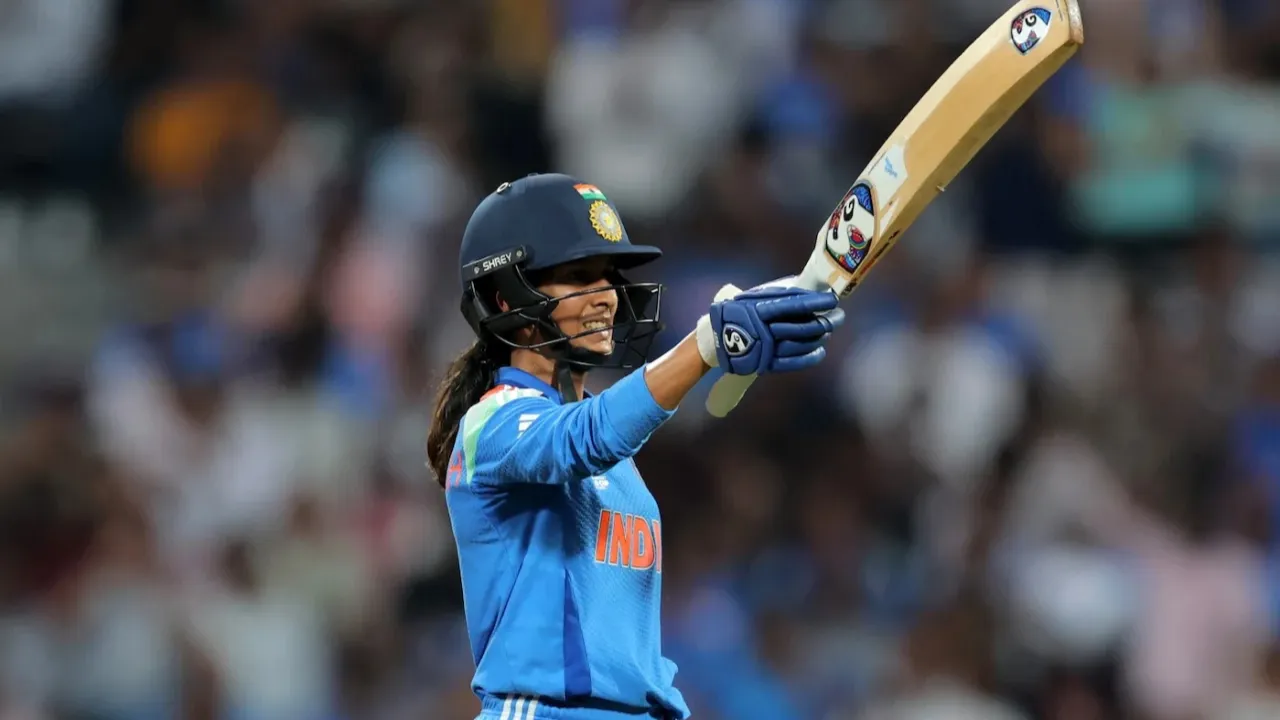
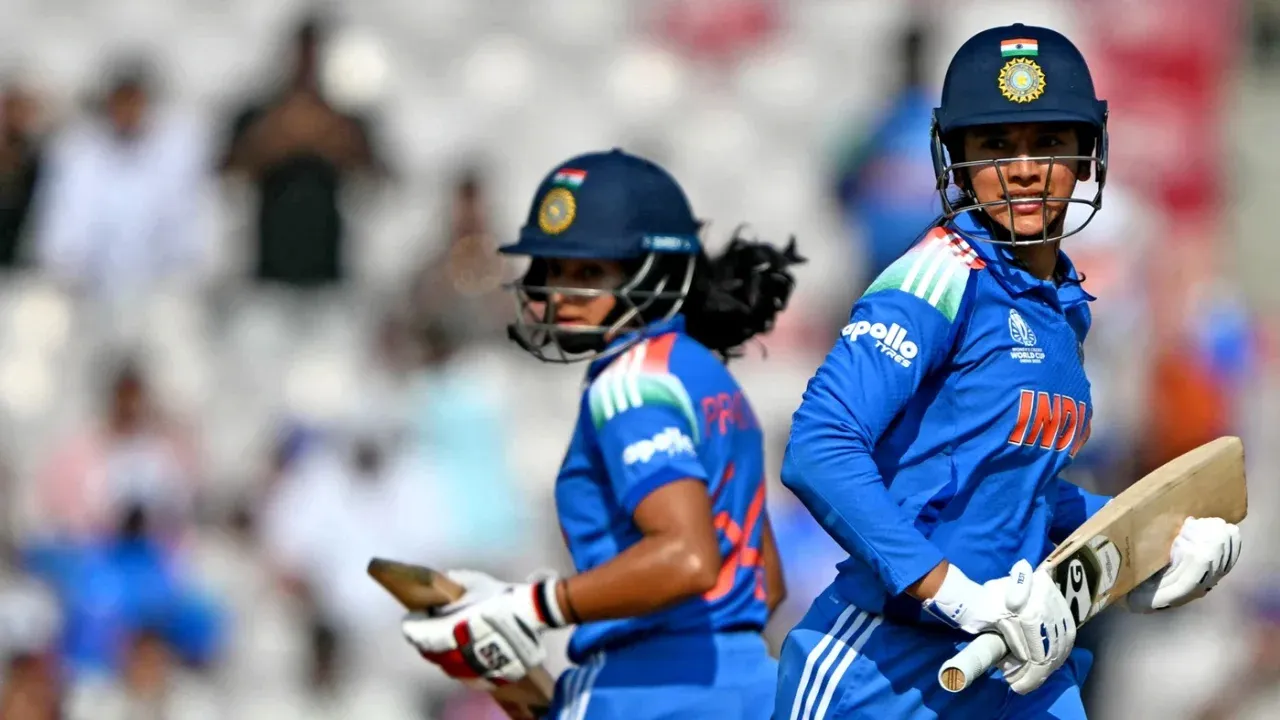
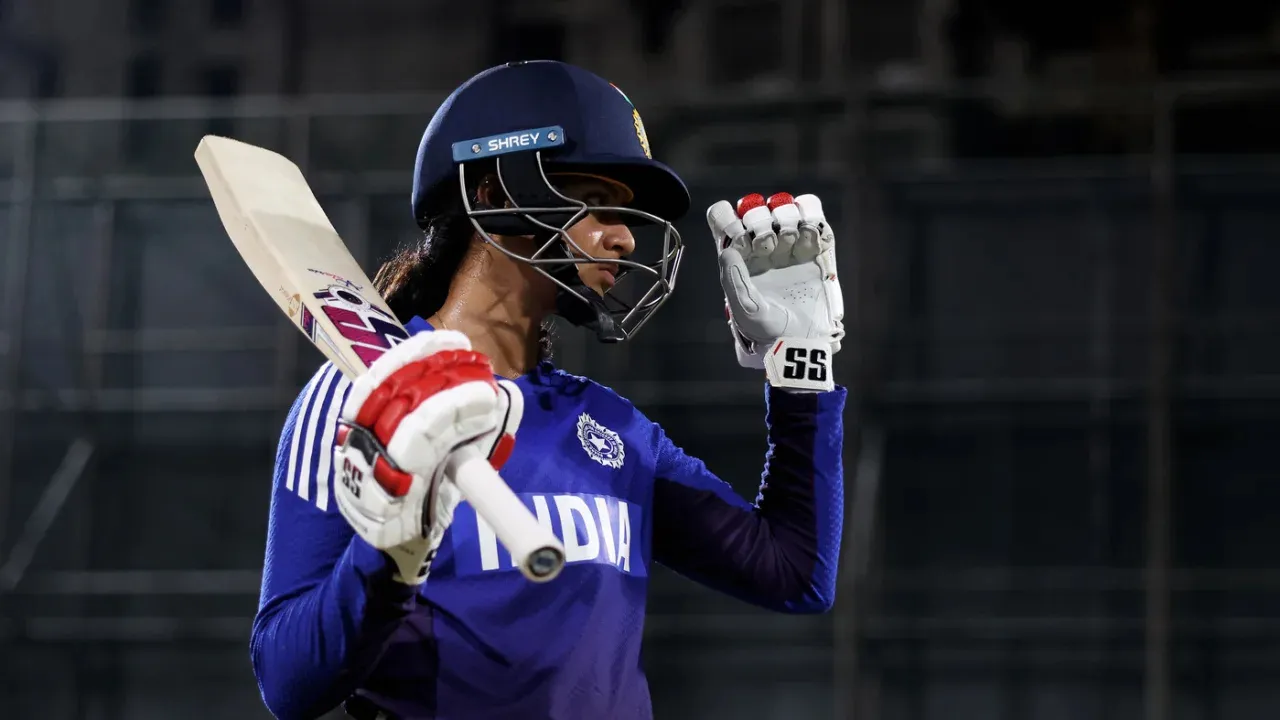
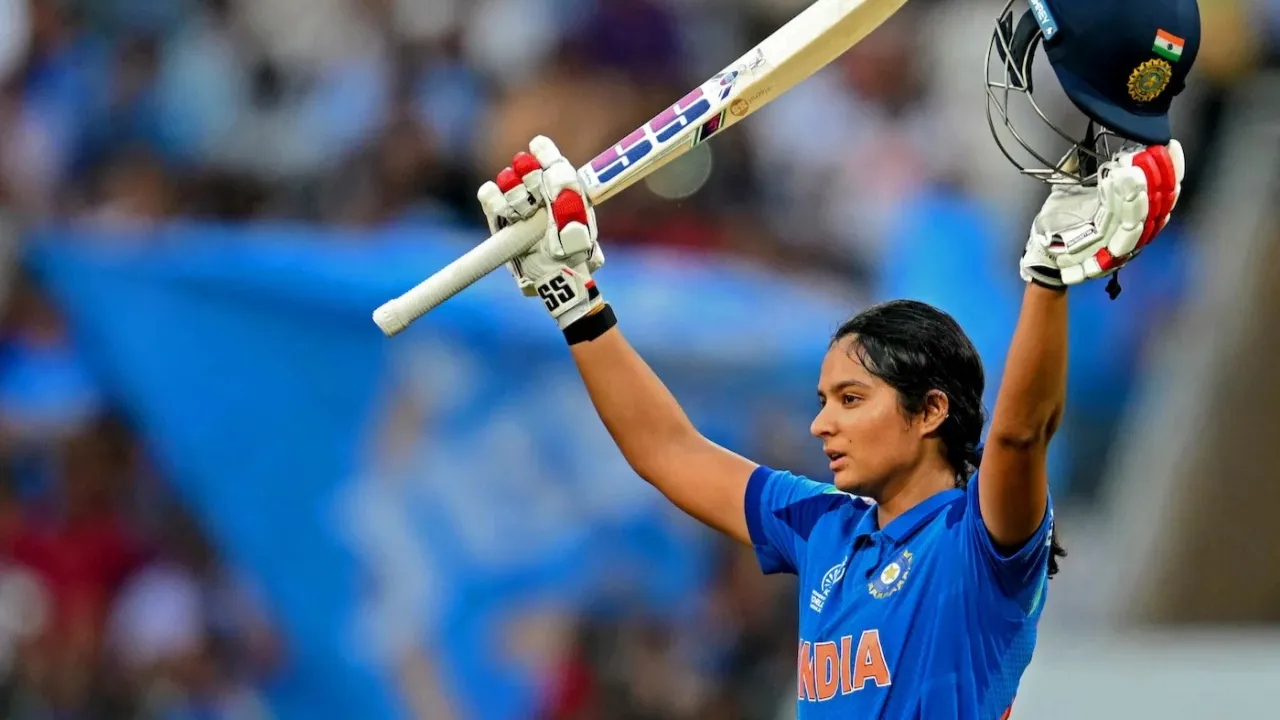








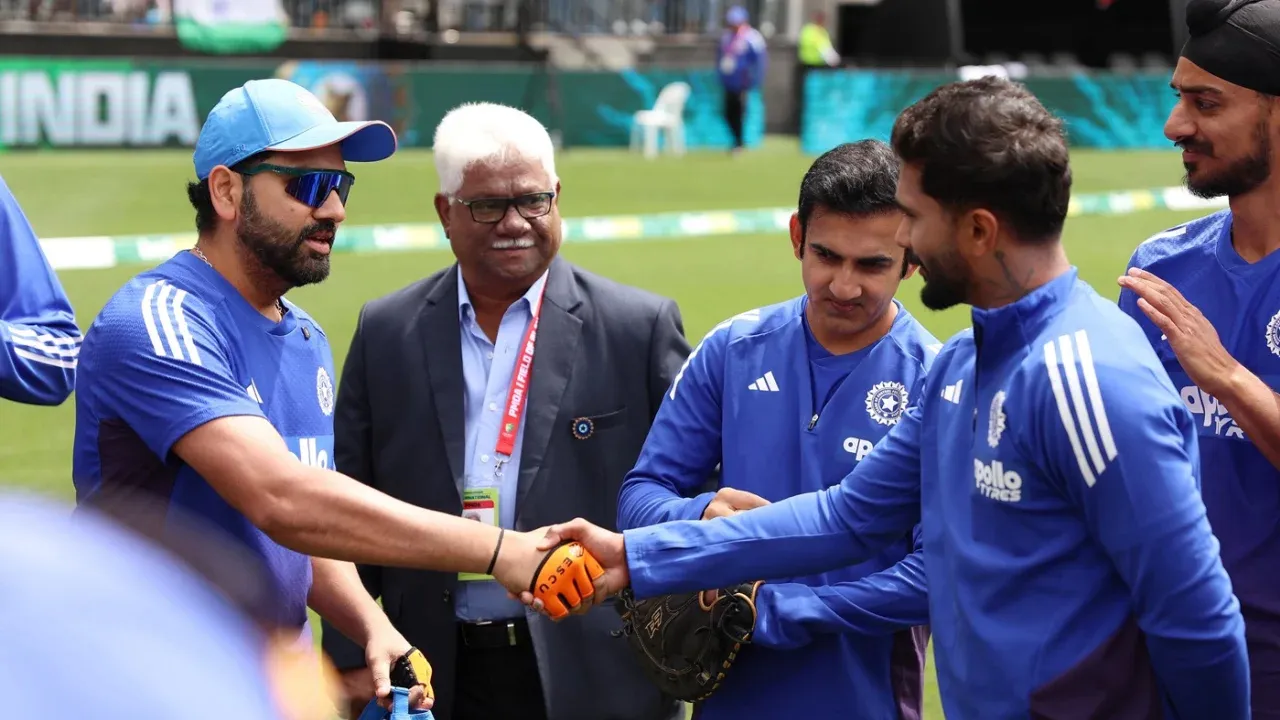




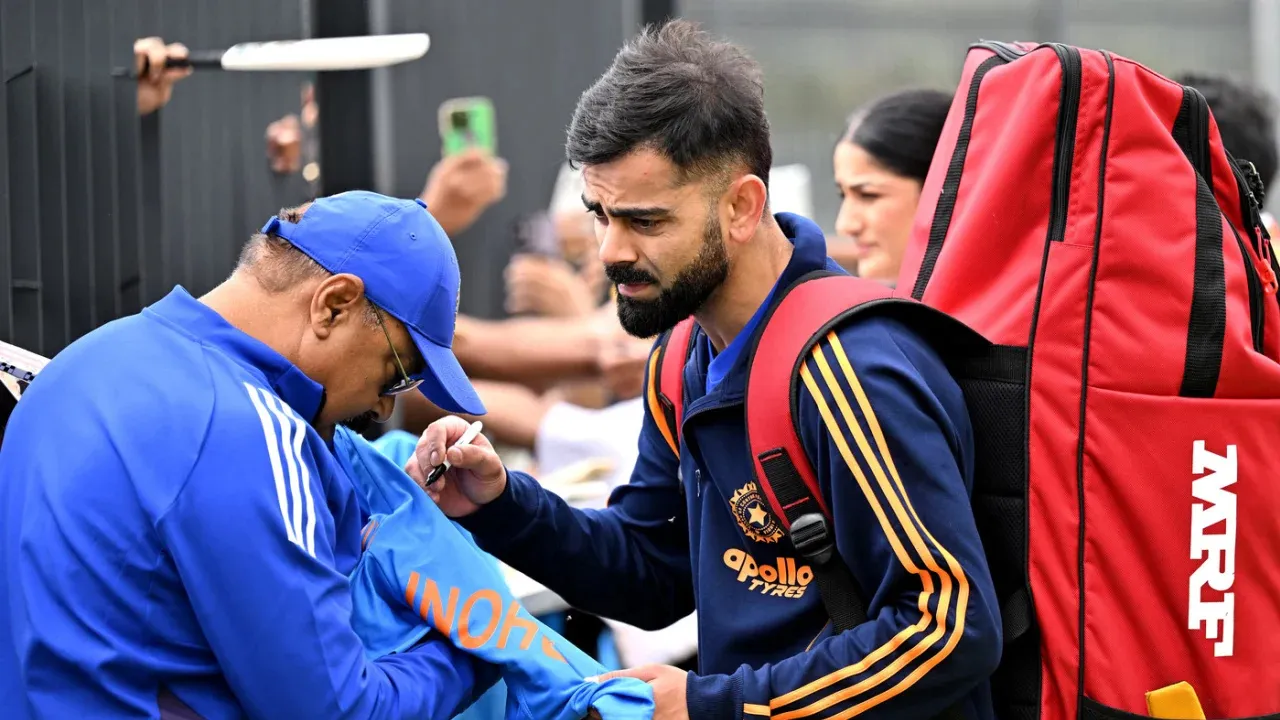


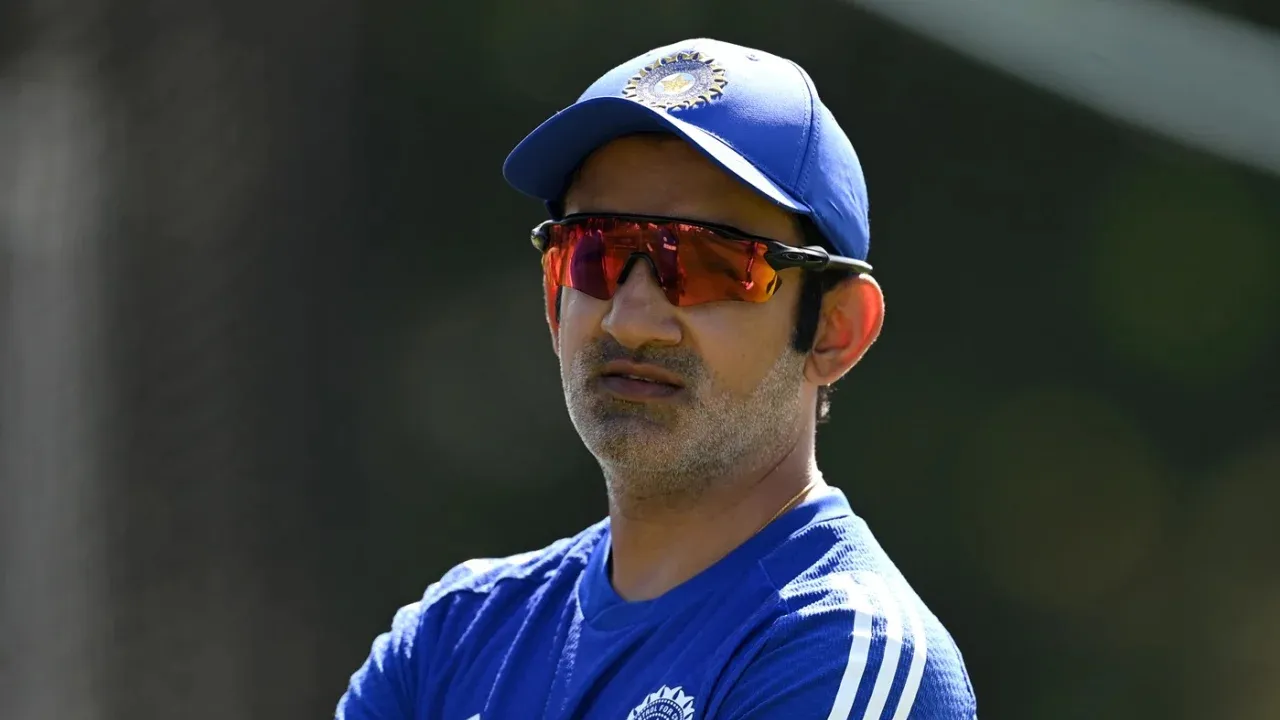






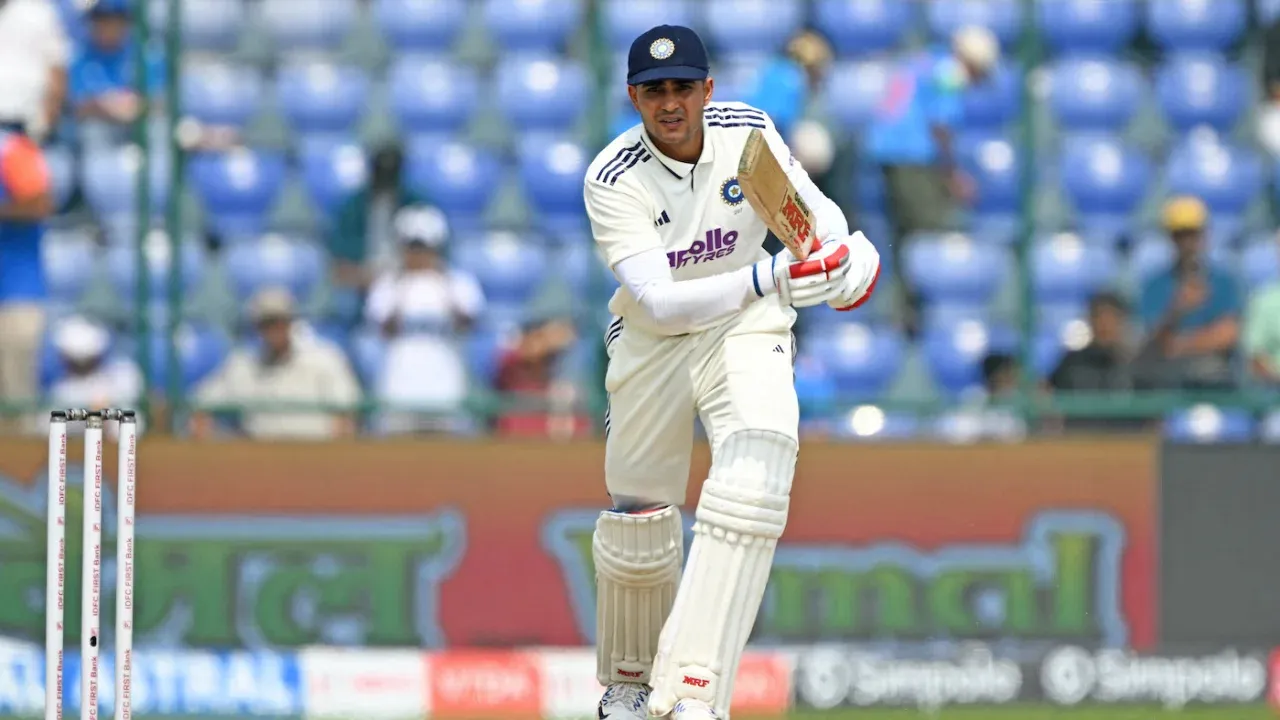






Ravi Shastri Breaks Silence on Family Travel Diktat!